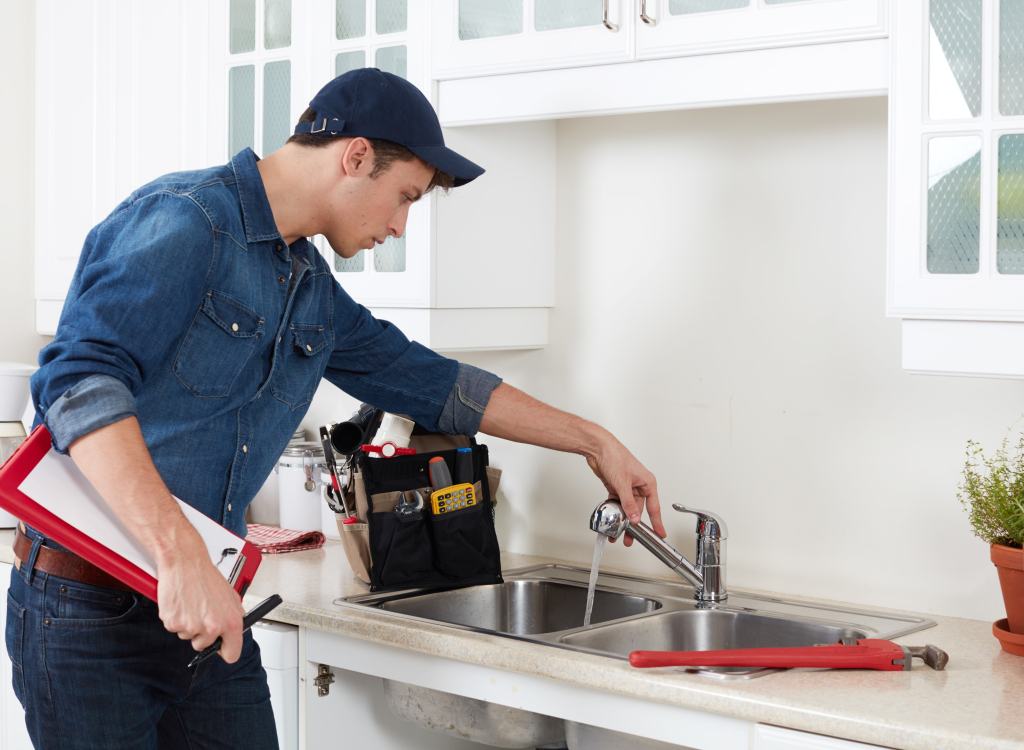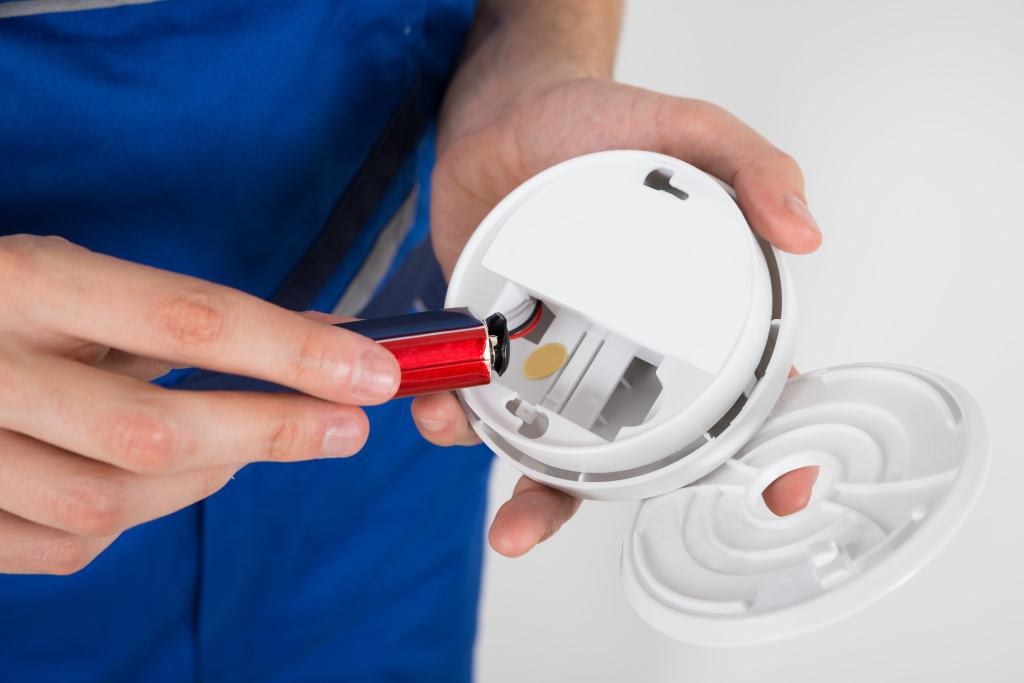Preparing Vacant Rentals for New Tenants: Essential Steps and Tips

In the world of property management, a proper apartment turnover process plays a pivotal role in maintaining success. It’s not just about preparing vacant rentals for new tenants; it’s about fulfilling landlord responsibilities and setting the stage for a smooth and positive transition.
By embracing a thorough and systematic approach, such as following a comprehensive property/apartment turnover checklist and utilizing property management software, landlords can ensure a better experience for tenants while simultaneously protecting their valuable rental property investments.
From addressing maintenance needs to presenting a welcoming environment, an effective turnover process—enhanced by the efficiency and organization property management software provides—creates a win-win scenario, fostering trust and long-term success for both landlords and tenants.
Conduct a detailed property inspection

Starting the rental turnover process with a detailed property inspection is like giving your property a glow-up before its big debut! This all-important step lets landlords and property management companies uncover maintenance issues, document the condition of the vacant property, and tackle any pesky problems before the new tenants roll in.
From scrubbing every corner to inspecting for normal wear and tear, and testing appliances to making essential repairs, this approach not only ensures tenant satisfaction but also strengthens the terms of the lease agreement.
A meticulous inspection sets the foundation for a good, conditioned property, protecting your investment while fostering trust and confidence with incoming tenants, ultimately creating a positive rental experience.
Focus on cleaning and minor repairs
When it comes to preparing a rental unit property, focusing on cleaning and minor but necessary repairs can make all the difference in creating a welcoming and move-in ready space. A spotless house sets the tone for a positive first impression, whether you handle a deep clean yourself or enlist professional cleaning services to ensure every corner shines.
Beyond thorough cleaning, simple interior touch-ups—like addressing chipped paint, carpet stains, scuffed floors, loose fixtures, or updating window treatments—can elevate the property’s appeal and livability.
Ensuring all appliances and systems are functioning properly, along with updates such as fresh flooring or paint, further enhances the overall look, leaving a lasting impact. These small yet meaningful efforts showcase a well-maintained property, making it more inviting to prospective tenants and contributing to a comfortable living experience. A little attention to detail goes a long way in protecting your investment and ensuring tenant satisfaction!

Boost curb appeal and exterior upkeep
First impressions matter, and the exterior of a vacant house is your chance to wow prospective renters before they even step inside. Boosting curb appeal and maintaining exterior upkeep can transform your property into a welcoming and visually appealing space.
- Spruce up landscaping by trimming overgrown bushes, planting fresh flowers, or adding mulch for a polished look.
- Ensure walkways are clean and free of debris and consider pressure washing sidewalks or driveways for extra shine.
- Refresh entryways with a freshly painted front door, updated hardware, and a welcoming doormat.
- Check that walls and exterior finishes are in good shape, free of cracks or peeling paint.
- Add tasteful outdoor touches, like clean and functional furniture, to create a warm, inviting vibe.
These impactful upgrades and repairs not only make the house more appealing but also signal to potential interested tenants that the apartment or house is in optimal condition and move-in ready!
Verify safety and regulatory compliance
Ensuring the safety and regulatory compliance of a vacant property is essential for landlords. Beyond meeting state laws, this process protects your investment, ensures the property is well-maintained, and builds trust with tenants.

Key Steps:
Confirm Safety Devices One of the most important steps in this process is confirming that all smoke detectors, carbon monoxide alarms, and other safety devices are functional and meet local laws. Regular maintenance tasks minimize liability while offering peace of mind.
Fire and Electrical Safety Make fire extinguishers accessible, clear emergency exits, and inspect electrical systems. Professional evaluations can help address potential risks.
Plumbing and Utilities Inspect plumbing and utility systems for leaks, blockages, or any irregularities. Make sure water heaters, heating, and cooling systems are functioning properly and adhere to local safety codes.
Structural and Accessibility Checks Examine the property’s structural integrity—check for issues such as unstable stairs, loose handrails, or broken locks. Additionally, verify that the property is accessible as required by any local regulations, ensuring it meets standards for all potential renters.
Legal Documents Stay up to date with local building codes and prepare required permits or legal documents to avoid regulatory issues.
Professional Inspection Partner with licensed inspectors to thoroughly walk through and evaluate the property maintenance. Their expertise can pinpoint compliance gaps or safety risks that might otherwise be overlooked.
By addressing these details, you maintain a well-kept property, comply with legal requirements, and create a safe, tenant-ready space.
Stage and market the rental effectively
Effective staging and marketing can really create a welcoming environment by providing numerous advantages, transforming your property into a standout option for prospective tenants. When staging a rental unit property, make the best features the focal point by thoughtfully arranging furniture and décor to showcase its potential and create a warm, inviting atmosphere. Professional photos are a key benefit, capturing the property in its best light and making it irresistible to renters browsing online.
Pair these visuals with strategic listing techniques—such as detailed descriptions and targeted advertising to attract a wide pool of qualified applicants. Additionally, providing a seamless transition with a well-planned move-in date and a smooth new tenant orientation process helps renters feel welcome and informed. A little effort in staging and marketing goes a long way, filling vacancies quickly and setting the stage for a great tenant experience.

Screen prospective tenants and finalize agreements
Screening prospective tenants and finalizing agreements are crucial steps in creating a successful and hassle-free tenancy. Begin with careful tenant screening—review applicants’ backgrounds, including credit history, rental history, and references, to assess reliability and financial stability.
- Conduct interviews to evaluate compatibility and ensure the applicant aligns with the rent expectations and lease terms.
- Verify employment or income sources to confirm their financial ability to meet rental obligations and money costs.
Useful tenant screening tips include confirming that applicants can cover at least the first month’s rent upfront. Respond promptly to inquiries and applications to maintain momentum and attract serious applicants
Additionally, consider security deposit requirements that comply with local laws and clearly communicate the amount, purpose, and refund terms to avoid misunderstandings later. Hosting open houses can be an excellent way to showcase the rental property, meet potential tenants, and narrow down the best candidates.
Once you’ve found the right tenant, finalize conversations with a clear lease agreement, outlining terms and expectations. To set the tone for a positive experience, include a welcome letter with essential information to help tenants settle in. Thorough screening and clear agreements not only protect your investment but also ensure a smooth and professional landlord-tenant relationship.
Streamlining the turnover for long-term success
Getting a vacant rental unit ready for new next tenants doesn’t have to feel like a chore—it’s your chance to shine! For property managers, a methodical approach is your secret weapon for long-term success in property management. By sticking to a solid apartment turnover checklist with steps like inspections, a thorough deep clean, staging, and tenant screening, you’ll have your rental looking absolutely renter-ready and irresistible.
Toss in a final walk-through checklist to catch any last-minute details—think squeaky-clean rooms, flawless repairs, and everything in tip-top working order. These thoughtful preparations not only protect your investment but also attract dependable tenants and create a welcoming vibe that screams “home sweet home.” Sure, it takes some effort, but the payoff? Smooth move-ins, happy tenants, and a thriving rental business that’ll make you want to pat yourself on the back.
Sources
junehomes.com/blog/2025/02/11/preparing-your-home-for-new-tenant-landlords-checklist
baymgmtgroup.com/blog/how-to-prepare-for-vacancy-with-a-rental-property-turnover-checklist
articles.ezlandlordforms.com/new-landlord-guide/preparing-a-vacant-rental-unit-for-showing-to-prospective-tenants
landlordvision.co.uk/blog/preparing-vacant-investment-property-for-new-tenants
renterswarehouse.com/education/how-to-prep-a-rental-after-a-tenant-leaves
doorstead.com/blog/how-to-prepare-your-property-for-future-tenants-a-comprehensive-guide

